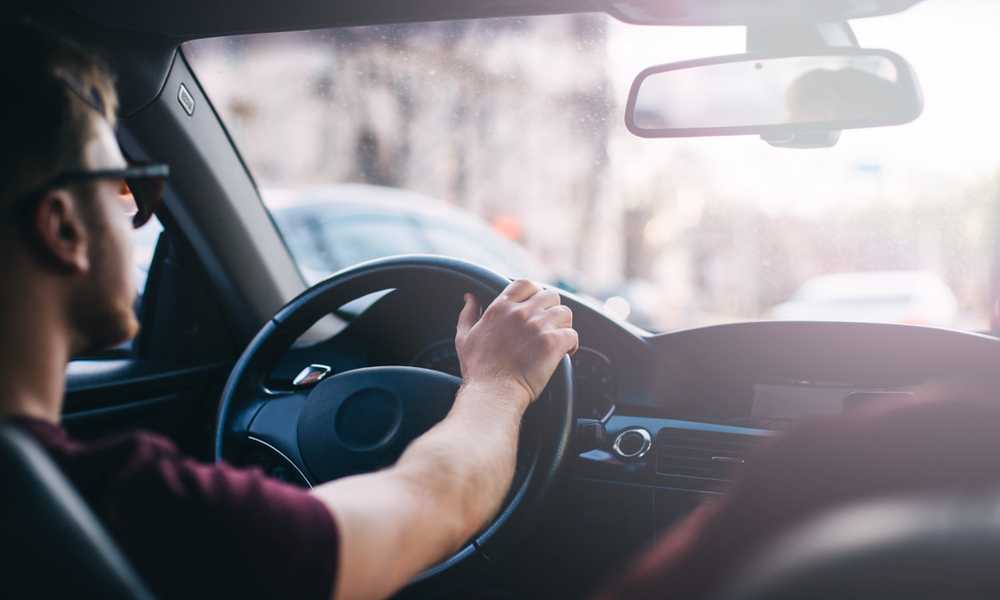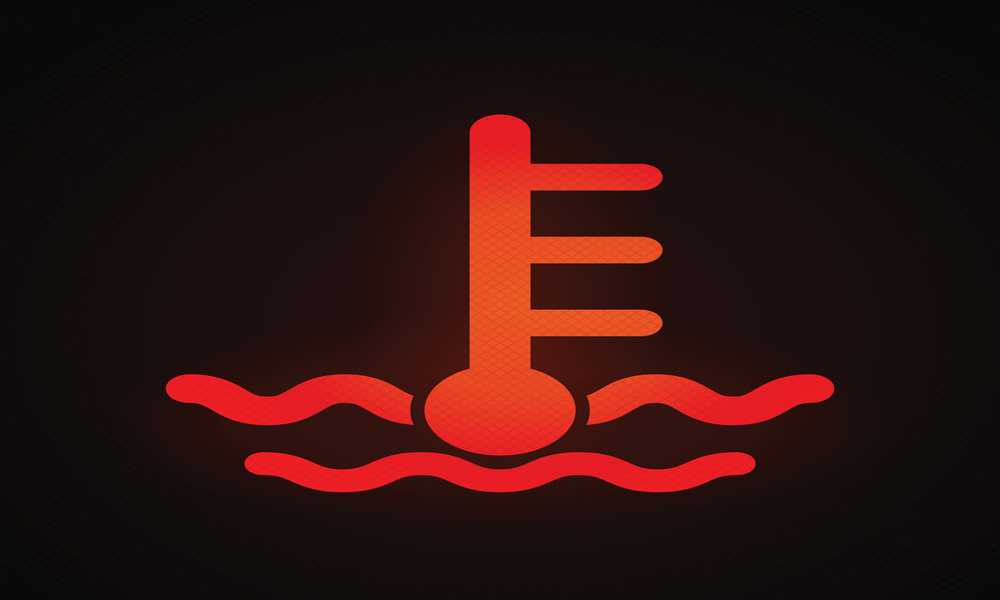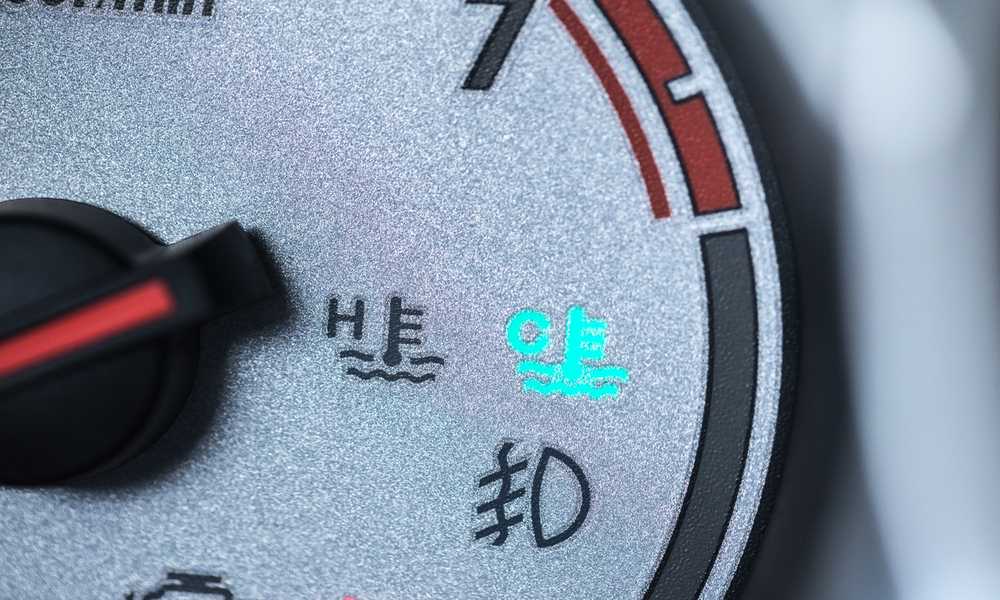Is your Range Rover warning you about low coolant? Hold your horses! It’s never reassuring to see a warning light on your dashboard, but knowing why it’s on might help alleviate your mind. This post will investigate why my Range Rover coolant level low warning light is on and offer solutions to the problem. Let’s jump into the world of coolants and the best ways to maintain your Range Rover’s optimal performance.
Reasons for the low coolant warning
A defective coolant level sensors may be the source of your Range Rover’s low coolant level warning light. This sensor reports the coolant level to the control panel, so you can keep an eye on the temperature. though it breaks down, it could report a low coolant level even though there is plenty of coolant.
A faulty coolant reservoir is another possible source of the problem. Wear and tear or damage can produce tiny fissures or leaks in this vital part over time. This allows the coolant to gradually leak out of the reservoir, which in turn causes the warning light to come on.
The most basic explanation for a low coolant level indicator is that there isn’t enough coolant in the system. Coolant is used to maintain an optimal engine temperature by transferring excess heat to the cooling system’s radiator. Inadequate levels of fluid might cause the engine to overheat. Low coolant levels are a major threat to your Range Rover’s engine, so it’s crucial that you take care of this problem as soon as possible. Fortunately, you can take action to resolve this issue before it becomes catastrophic.
1. A broken coolant sensor
The broken coolant level sensors may be the cause for your Range Rover’s low coolant warning light. The sensor determines how much coolant is in the vehicle’s reservoir and reports that data to the instrument panel. The sensor may generate false values or fail to detect the coolant entirely if it is defective. This can cause a bogus low coolant alert to appear on the dashboard, even if there is sufficient coolant in the system.
Replacement of the defective sensor by a competent mechanic is required to resolve this problem. They can determine the cause of the problem and replace the sensor if necessary. Don’t put off fixing the coolant level sensor because driving with a broken one can cause the engine to overheat and break down. See a mechanic as soon as possible if your Range Rover displays any warnings about insufficient coolant. Keep in mind that keeping up with routine maintenance and inspections is crucial to ensuring your vehicle’s continued reliable operation.
2. Reservoir of leaking cooling fluid

A leaked coolant pump is a common cause of a Range Rover’s low coolant level warning light. The coolant reservoir is also called the overflow tank or expansion tank and is used to hold the extra coolant produced by the engine when it heats up and expands. Rapid action is required if you discover a low coolant level and suspect a reservoir leak. Insufficient coolant from a dripping reservoir increases the risk of engine overheating and failure.
If the reservoir is leaking, you need to look for obvious indicators of damage, such as cracks. The hoses that lead to the reservoir should be inspected for leaks and slack. A new coolant reservoir should be installed in your Range Rover if you discover the old one is leaking. The health of your cooling system will be ensured and subsequent problems avoided if you do this. Take note that if you notice any leaks in your car’s cooling system, fixing them can help you keep your car running smoothly and save you money on future repairs.
3. Insufficient coolant
When the coolant in your Range Rover gets low, it might cause problems. This suggests that there may be an issue with the cooling system, which is responsible for maintaining the ideal operating temperature of your engine. So, what could be resulting in such a low level of coolant? There may not be enough coolant in the system, for example. Engine overheating can be avoided with the use of coolant, which helps to maintain a consistent operating temperature. When the coolant level is low, it needs to be replenished as soon as possible.
A coolant reservoir leak is another possible explanation for low coolant. Leaks can occur if the reservoir develops cracks or other degradation over time. Leaks like these might cause the coolant level to drop dangerously low. A defective coolant level sensor is another potential cause of an inaccurate coolant level reading. If the sensor isn’t giving you reliable readings, try having it replaced or calibrated.
Fixing a low coolant level in a Range Rover.
There could be serious consequences if you ignore a low coolant level in your Range Rover. If your coolant level is low, you can fix it by doing the following:
- First, make sure there are no coolant leaks by carefully inspecting your vehicle. Check for puddles or leaks under the car near the radiator, hoses, and water pump.
- If no leaks are visible, you can restore the original level by adding coolant. Use just the type of coolant that is indicated in your Range Rover’s manual.
- Release trapped air from the cooling system after refilling it with coolant. It’s possible to achieve this by releasing pressure through a bleeder valve, which is typically found on the radiator’s hoses or at the top.
- Watch the levels: Make sure the coolant levels don’t fluctuate too much over time. Continued low levels despite adding more fluid could be a sign of a more serious problem that requires the attention of a mechanic.
Keep in mind that your Range Rover’s engine will run better and last longer if you keep the coolant at the right amount.
What does it imply if the Range Rover coolant level low?
The coolant level low warning light on your Range Rover’s dashboard should never be ignored, and you should know exactly what it implies. The coolant system’s primary function is to maintain a safe operating temperature for the engine. Therefore, a problem with the cooling system may be indicated by a low coolant level. There are a number of potential causes for a low coolant level. It could be as simple as the coolant level dropping and needing to be replenished after prolonged use. A leaking reservoir or broken coolant level sensor could be the cause of the problem.
As soon as you see the low coolant sign come on, you need to take action. Driving with insufficient coolant can cause engine overheating and subsequent damage. The best course of action is to carefully pull over and inspect the cooling system before continuing the trip. Coolants for Range Rovers must be those specified by the company. It’s crucial to use the right coolant in your car to avoid damaging the cooling system from incompatibilities. Find the coolant level sensor in your Range Rover Evoque by consulting your handbook or calling a mechanic.
It’s important to remember that sensor failure or electrical issues could lead to a low coolant notice to appear on the dashboard even though the coolant level is enough. The best course of action in such a situation is to seek the advice of a professional technician. Maintaining proper coolant levels in your Range Rover engine is essential for its best performance and lifetime.
Should I worry about driving with a low coolant level?

This is a prevalent concern among Range Rover owners who have noticed the “coolant level low” indicator on their dashboard. The solution is not as simple as you may imagine. Overheating can occur in an engine if it is driven with an insufficient amount of coolant. The engine’s coolant is essential for maintaining a safe operating temperature by drawing excess heat away from the engine’s working parts. Damage to gaskets, seals, and even the engine block can result from an overheated engine, so be sure to always have a healthy supply of coolant in the radiator.
Low coolant levels can also reduce performance and increase fuel consumption when driving. Without enough cooling, the engine could gradually lose power and burn more gasoline as it heats up. Inadequate coolant levels can also create corrosion in the cooling system, which can be dangerous. When left unchecked, corrosion may eat away at vital components like hoses and radiators until they leak or break.
Finally (this line is not part of my response), putting off or ignoring the problem of your Range Rover’s low coolant level is not good for the vehicle’s performance or longevity. Quick action, such as checking for leaks or adding more coolant if necessary, is recommended. If you are unclear about what to do, you should always refer to the owner’s manual or call an expert.
Do Range Rovers need a certain type of coolant?
Range Rovers are the epitome of off-road sophistication and performance. It’s only logical to wonder if a special coolant is needed for automobiles that meet such stringent specifications. Both yes and no can be said. All Range Rovers should use the same type of coolant, as specified by the company. This fluid was developed specifically for Range Rover engines, and it performs well in a wide range of temperatures and climatic situations. As such, it has anti-corrosion additives, lubricants for moving parts, and cooling system efficiency preservers.
In order to keep your Range Rover running smoothly and efficiently, it’s important to use the factory-recommended coolant. It’s also useful for keeping the engine at the right temperature in the dead of winter or the scorching heat of summer. It’s vital to remember that using coolants of various formulations can damage your car’s cooling system. That’s why it’s so important to always use the coolant that the manufacturer recommends for your specific model.
Make sure you’re using the correct coolant by checking the owner’s handbook or speaking with a trained mechanic who has experience working on Range Rovers. You can trust them to help you find the right product for your model year. Your Range Rover’s engine will run more smoothly and last longer if you use the proper coolant, which is available from the manufacturer.
Range Rover Evoque coolant level sensor location.
The Range Rover Evoque has a coolant level sensor in the coolant reservoir tank. This sensor is essential for keeping your engine cool since it detects when the coolant level drops below a certain point. The coolant is stored in a reservoir tank close to the radiator, which can expand and compress as needed. It is common practice to mount the coolant level sensor on either the tank’s side or bottom, with a float mechanism that rises and falls in response to changes in coolant levels. If the coolant level drops, whether through leakage or evaporation, the float will sink, and a warning light will illuminate on your dashboard. If you get this notification, it means that you need to check the coolant levels and fix any problems right away.
In order to inspect or repair the coolant level sensor on a Range Rover Evoque, it may be necessary to remove certain surrounding parts, such as a cover or a hose. If you are unsure of where these parts are located or how to install them, you should reference your vehicle’s manual or get professional assistance. Always keep in mind that your Range Rover Evoque’s smooth operation and protection from overheating depend on a well-maintained cooling system. Always keep an eye on your coolant levels and respond quickly to any low-level alerts!
Even when the coolant level checks out fine, the dashboard warning still remains on

Low coolant warnings on the dashboard are a regular complaint from Range Rover drivers who have already checked and confirmed that the coolant level is adequate. As a result, many people are left wondering what could be triggering this false alarm, which is aggravating. This disparity between the coolant level and the warning message could be due to a number of factors. The coolant level sensor may be malfunctioning. If the sensor in the coolant reservoir tank gets dusty or stops working, it will give false results.
An electrical problem with the car’s central computer is another possibility. Problems with the system that monitors and displays vital information, such as coolant levels, might cause false alarms to be generated. Sometimes the cooling system can get clogged up with air. Because of their interference with the coolant’s ability to circulate freely, air pockets can cause the gauges to read incorrectly.
A trained Range Rover mechanic with experience diagnosing and fixing this kind of problem should be consulted if you encounter this issue. Your mechanic will have the diagnostic equipment and knowledge to figure out why you’re getting a low coolant message even if there’s plenty of fluid in the tank. Keep in mind that if you want your Range Rover to last as long as possible and function at its best, you need to keep the engine at the ideal temperature. Seek immediate professional guidance if you are unsure how to continue or need fast assistance resolving this situation.
In conclusion
We have covered the issue of low coolant levels in Range Rovers in this piece. We looked into the question of whether or not Range Rovers need special coolant and found that they do. It’s crucial to use high-quality coolant of the right sort to keep your engine running smoothly. We also investigated the Range Rover Evoque’s coolant level sensor to better understand how to diagnose dashboard warnings of low coolant. Finding this sensor will make it simple to ensure your coolant levels are within specification.
We also fixed the problem of some drivers receiving “low coolant” warnings even when their levels are fine. Possible causes include malfunctioning sensors or deeper problems that would benefit from expert investigation and repair. Consult a competent mechanic or authorized Range Rover dealership if you experience these symptoms or have any other maintenance problems with your cooling system. They’ll have easy access to the resources and knowledge they need to solve any issues that arise.
Always keep in mind that your vehicle’s cooling system need regular maintenance to function properly and last as long as possible. Maintaining your Range Rover’s peak performance over many years requires a few simple checks, the use of high-quality fluids, and rapid attention to any warning signs. Don’t let your guard down when it comes to keeping an eye on your car’s cooling system; instead, perform any essential maintenance promptly so you may keep driving your beloved Range Rover for many more adventures.



